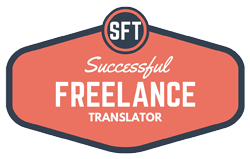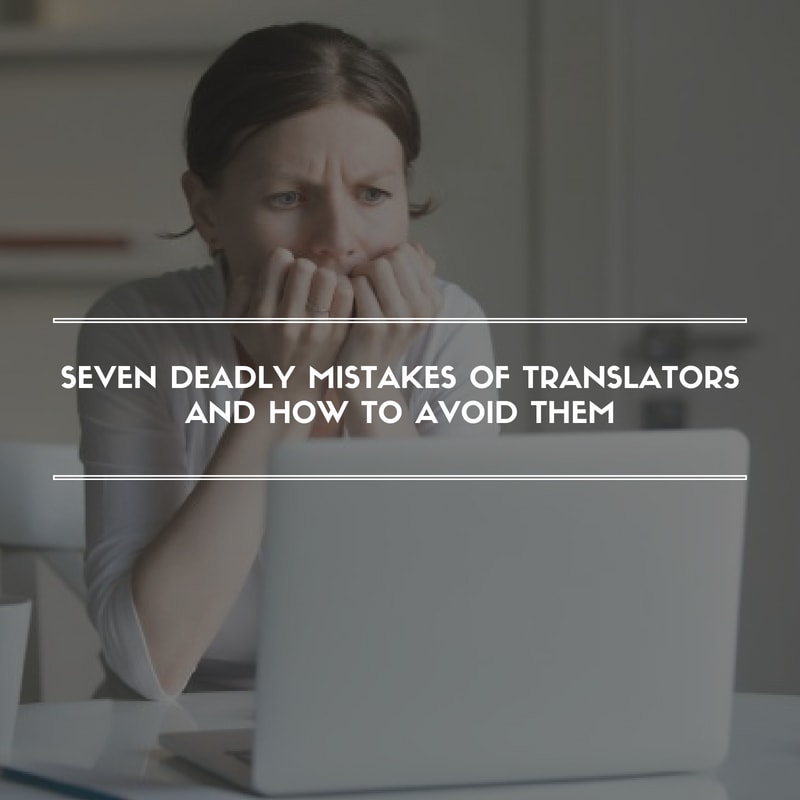Translation of large projects (like a book) is a real challenge not only for translators but for translation project managers. I found seven common mistakes freelance translators make during their work on such large projects and I’d like to share my experience with you today.
As you know, I run a boutique translation agency and I have to deal both with translation and project management (however, I’m thinking about shifting towards management functions only). Sometimes I also conduct brief proofreading and editing as the last QC stage before delivering the work.
Some time ago I received an order from my regular client. He wanted to translate a book devoted to the career development for public managers. It was a huge book (over 80,000 words) and deadlines were tight (we are now on the final stage).
In this case, it is impossible to be in time without working in a group. Before the start, I had only 4 people on my team and two of them were already working on another project. That’s why I had to hire several more translators (6 translators and two editors were working on the project simultaneously).
I pre-selected 12 translators partially from Smartcat database and partially from a Facebook group for translators, hoping to hire the best of them after passing a short translation test.
After this initial screening, I selected three people and sent them an invitation to join the project. I also prepared some basic instructions about the translation of terms and reference sources.
Having done that, I proceeded with a compilation of a project glossary.
Tight deadlines forced me and my editor to conduct quality control in parallel with translation as soon as we have some part of the translation ready.
And, unfortunately, we have encountered many sad mistakes, lapses, omissions, and defects in translation.
First and foremost, one of the translators did not follow simple rules regarding the translation of bibliography:
- Titles of foreign literature sources in footnotes shall not be translated, i.e. they shall remain in their original form (whether the works were translated into Russian officially or not).
- The source is always considered as a true and valid copy when compared against the translation. The readers won’t be able to find the original work if you (mis)translate its title.
- Only author’s comments in footnotes shall be translated.
- However, when encountered in the main text (not in the footnotes) book titles and authors names shall be translated with the original given in square brackets.
Therefore, the first and the simplest recommendation for translators will be as follows:
Follow the instructions!
The next thing I’d like to discuss here is asking for assistance. I know, you might be afraid of asking questions if you don’t understand something assuming that it may hurt your reputation as a professional translator.
In reality, professionals are never afraid of asking questions. If I cannot understand something even after googling it, I ask the client for clarification. So, when working on large and complex projects, don’t try to guess the meaning (see the part about fact-checking below)!
Simply ask your PM to provide clarifications and then render correct translation. Providing poor or even incorrect translation — this is what ruins your reputation.
The outcome there is as follows:
Don’t be afraid of asking questions!
Sometimes even the most skillful and knowledgeable authors can make mistakes. If you find a mistake in the source (whatsoever) — don’t convert this mistake into the target language!
Instead, inform your PM or client about such a mistake. This will prove your proficiency and diligence, and help the author to improve the original piece of content.
Therefore, always follow the next rule:
Do not convey source mistakes into the target!
There is another important issue you may stumble upon during large translation projects. I already mentioned it above:
Nobody canceled fact checking!
Working on a complex translation project, like a translation of books, you should always keep a keen eye on details. If you see a real-life historical event, a case study, or a public person mentioned in the text, search for the aforementioned on the web!
Don’t you have Google at hand? Translation is not a guessing game! Spend some time to check the facts.
Being a professional translator, you are obliged to check the facts and find the correct generally accepted translation for historical events, names, and surnames of public persons in the target language, or even learn the cultural or historical context in which a given word was used.
A good example here could be a word “eradication” that was mistranslated in the meaning of “mass slaughtering”. The source text did not provide much information about an actual event as the author assumed it as a common knowledge. But the first link on Google leading to a reputable news site revealed that “eradication” meant nothing but a “dismissing of a group of politicians from their positions without the right to reinstate”. If we missed this during QC, it might have caused serious problems to the author.
Reread your translation apart from the source text!
If you cannot understand what you have translated without referencing to the original — your translation is BAD! If you cannot understand the original idea, it does not mean that the author is wrong! If a sentence is too complex, try to understand the core idea and then to recreate it in your target language. Readers, most probably, won’t be able to check with the translation. Therefore, if the translated sentence is unclear, you are the one who failed.
Do not overestimate your abilities!
If you are not sure about the volume of work you can handle within a certain period of time — take less, don’t be greedy. It’s better to deliver a smaller part but of higher quality than to take 50 pages and submit a raw translation to your client.
To sum up, let’s cross the line between translators and editors:
A translator should avoid semantic and syntactical mistakes!
In other words, an editor shall rectify only grammar, style and punctuation mistakes. While a translator should ensure correct rendition of the author’s idea, proper contextual translation of terms and definitions and overall consistency of the translated text so that the editor (who is responsible for the target text only) don’t have to cross-check translational against the original copy.
Following these rules at all times will keep your professional reputation spotless and ensure that your client will get back to you with other projects, thus contributing your wellbeing and overall fulfillment.
Thanks for reading this post. I hope it will help you become a more successful freelance translator!
Do not forget to share this post on Facebook and LinkedIn! Also, feel free to post your comments below.



